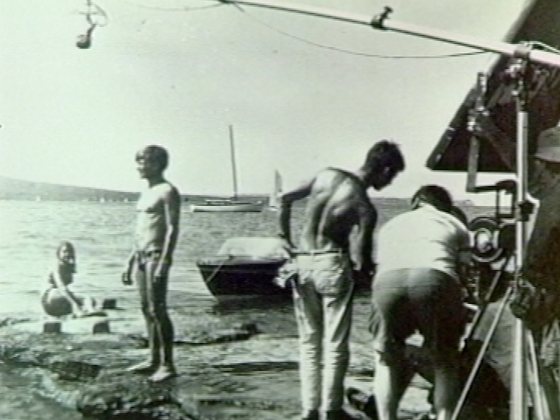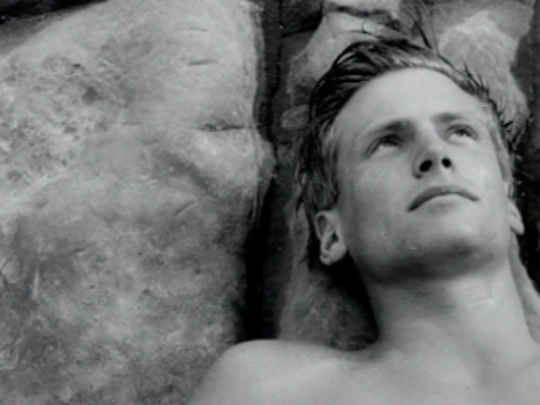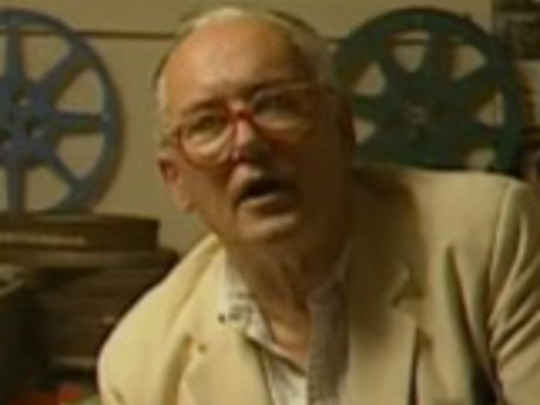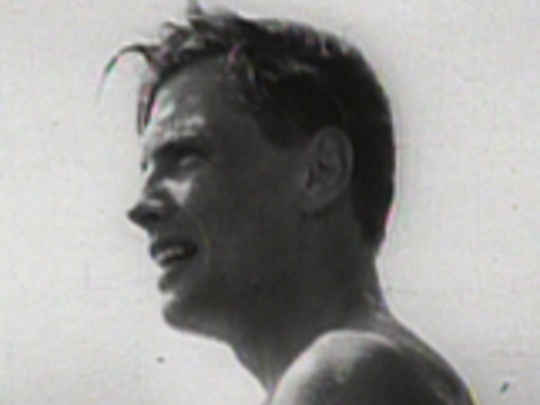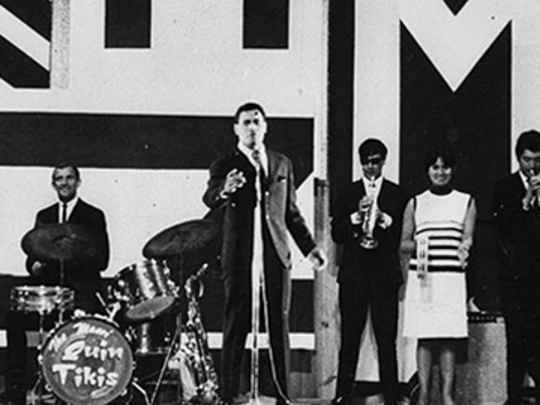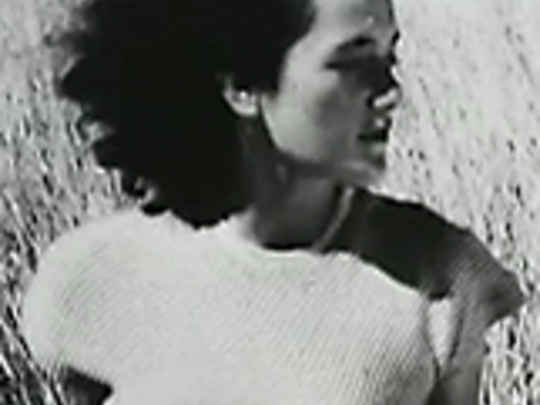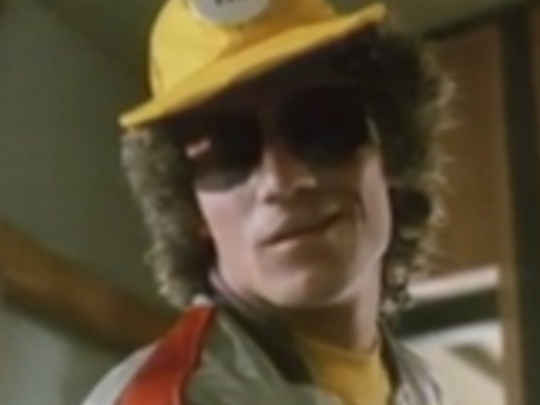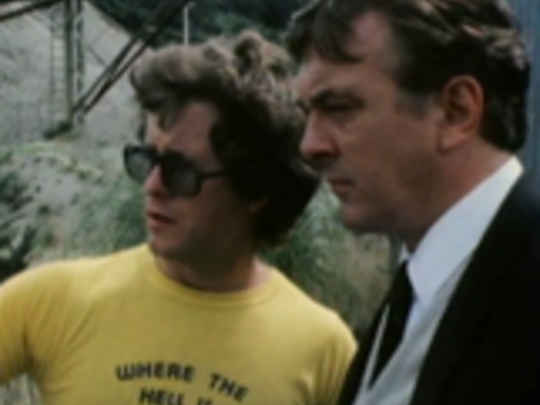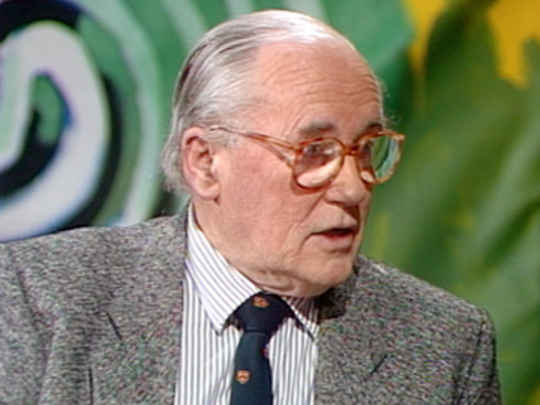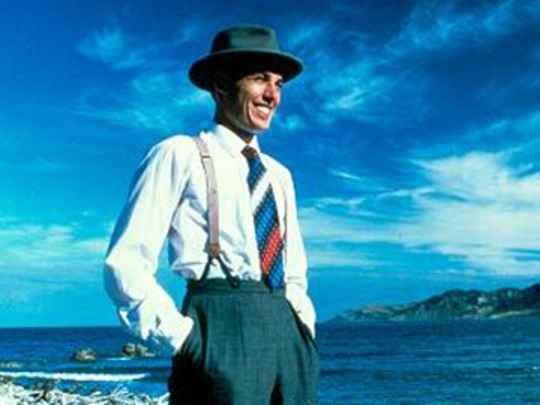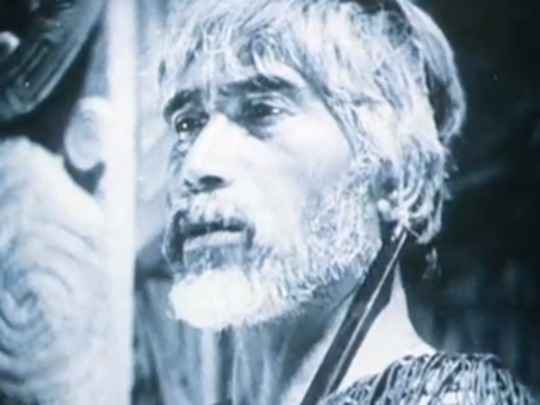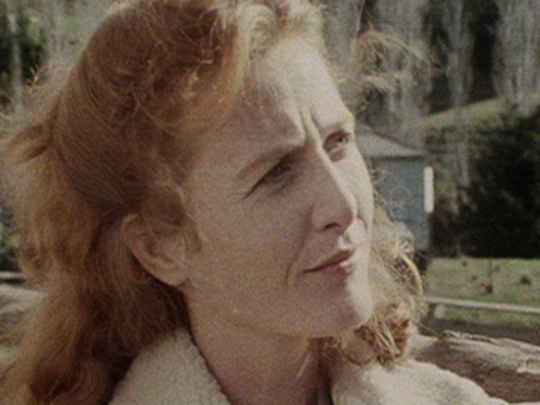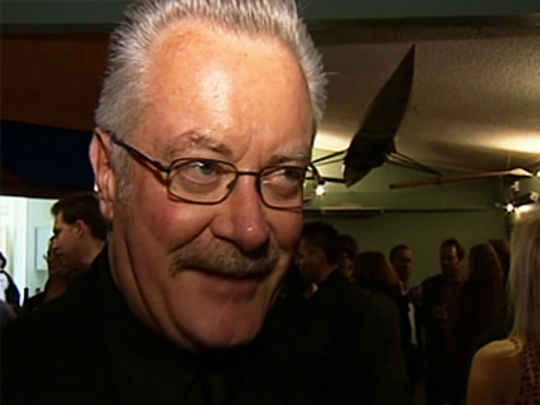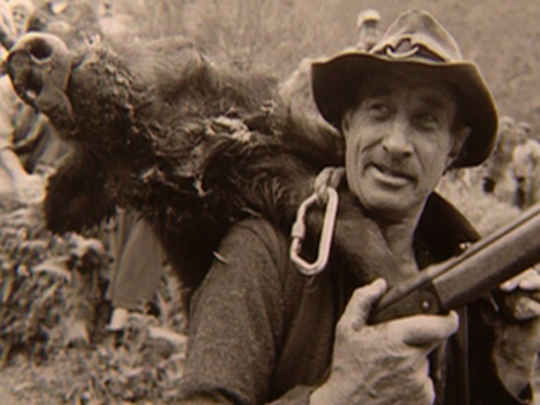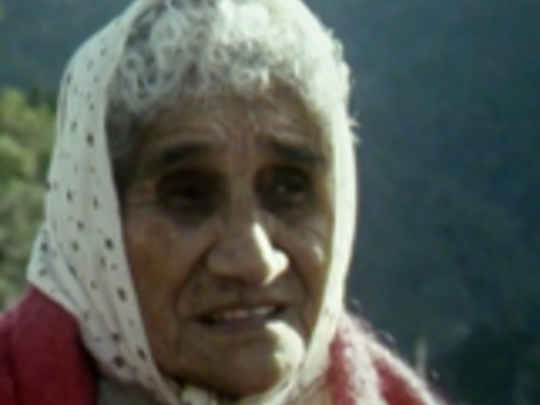It was very exciting because it was so new, and because none of us had done anything like this before.
– Actor Clyde Scott on making Runaway
...although Kiwis loved to go to the movies, films from Britain and the United States were the only ones they ever saw. These countries had highly developed film industries. In New Zealand, feature filmmaking was virtually non-existent.
– Presenter Jo Dalton describes New Zealand cinema audiences in the 1960s
...when we went tromping into the mud, below each of those holes was a sharp and very live shellfish with its sharp end pointing up . . . Nadja and I both had our feet covered in bandages for the next day or two.
– Colin Broadley on filming a scene in the Hokianga mudflats with Nadja Regin
Rudall Hayward had done a lot of work beforehand, before the war, but this was the first feature film to be made in New Zealand of this magnitude that we all knew of...
– Actor Colin Broadley
...we weren't used to seeing ourselves on the screen . . . We looked to overseas for example in everything we did. Radio announcers, for instance, had to speak like BBC announcers; they couldn't talk with a local accent at all . . . We placed no value on what we did or how we did things.
– Actor Clyde Scott on the lack of a New Zealand voice in the 1960s
It was just like a big family. Everybody pitched in, and carried cameras and lights...
– Actor Clyde Scott on the community atmosphere on the set
I like to think it led the way to later films that were very, very much better in respect of their artistic content . . . it was a contribution to a very sort of fragile industry, which has grown since.
– Scriptwriter John Graham
...for us to run three weeks in the Civic, which is a big theatre, shows some idea of how the public did accept this as a feature film that was worth coming to see.
– Actor Colin Broadley on how long Runaway ran in cinemas
It concealed its rather serious purpose beneath a normally superficial romantic drama — almost a thriller but not quite. In fact, it probably had the mistake of not being quite anything clearly enough. It wasn't clearly an allegory about New Zealand. It wasn't clearly a thriller. It wasn't clearly a romantic drama . . .
– Director John O'Shea looks back on the film, at the end of this documentary
You've never really faced up to anything, have you? . . . You're frightened to face yourself.
– Laura (Nadja Regin) sizes up David (Colin Broadley) in a scene from the film
The character of David Manning represented New Zealand's place in the world in 1964: a small country facing an uncertain future.
– Presenter Jo Dalton describes the main character in Runaway
By mid-February 1964, with a location crew numbering 12, the VW Kombi packed with camera gear, 30 copies of the screenplay and their own 35mm print of L'Avventura, Pacific was on its way to shoot the first New Zealand feature film in 13 years . . . the VW Kombi didn't make it to Bulls before it had to be towed into town for repair, but eventually they reached Auckland for the first day of the shoot on 21 February.
– John Reid describes the shoot in his 2018 book Whatever It Takes - Pacific Films and John O’Shea 1948 - 2000, page 137
I wrote Runaway as a sort of an allegory about the way New Zealand was going. It was facing big problems. Britain was no longer home, and we had to find a new way. And the young man who is the anti-hero of the film doesn't quite know where he's going. It seemed to me that this was the problem with the country as a whole...
– Director and co-writer John O'Shea in 1993 documentary Breaking Barriers
Made on a modest budget of £50,000, Runaway went into production in January 1964 and was completed eight months later. When an English director of photography pulled out of the project at short notice, Tony Williams took over, assisted by Michael Seresin.
– Lawrence McDonald in 2011 book New Zealand Film - An Illustrated History, page 146
What was most onerous of course was Tony flying into the walls of ice — that was extraordinarily difficult. He had the most awful nightmares after the first time he tried it: to be in the front of a plane and flying straight at a wall of ice, and shooting it, and then relying on the pilot to climb out of it.
– Director John O'Shea on cinematographer Tony Williams filming aerial footage of the Southern Alps
